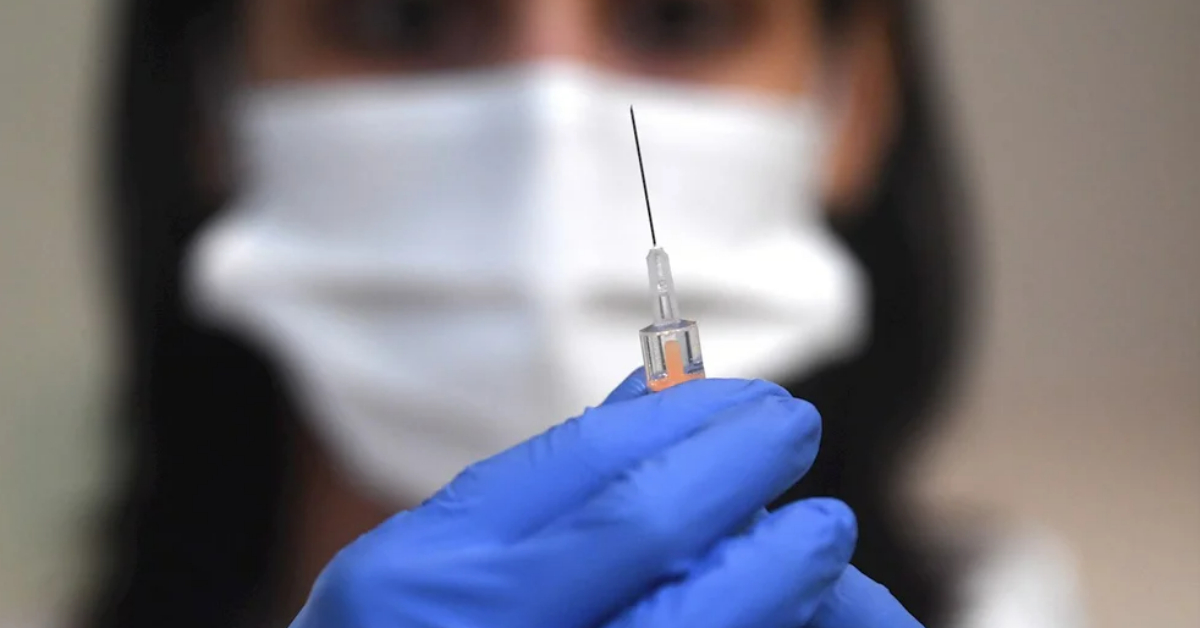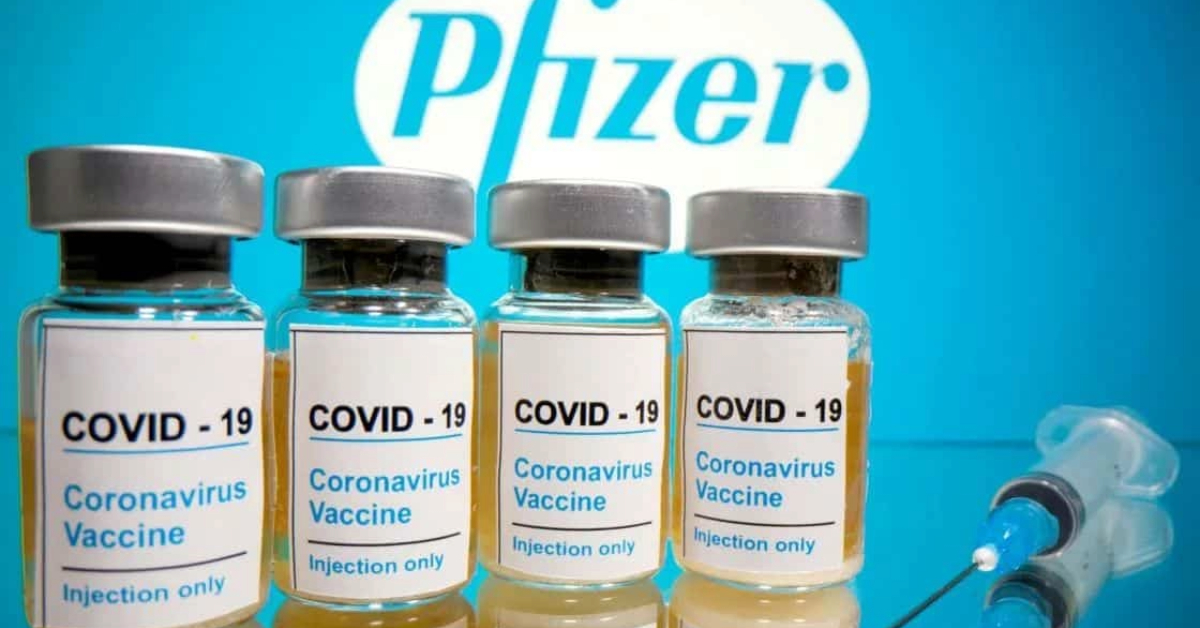The world is practically confined. The premise for keeping billions of people at home is that this stops the spread of a virus whose mortality is between 1% and 3%, according to studies by the World Health Organization. In the United States, for example, the decision to close everything was based on models that indicated that without confinement, 2 million Americans would die.
Some experts questioned this assumption. They argue that known cases are probably only a small portion of the actual number of infections, and therefore the high case fatality rates may not be such. "We . . .







